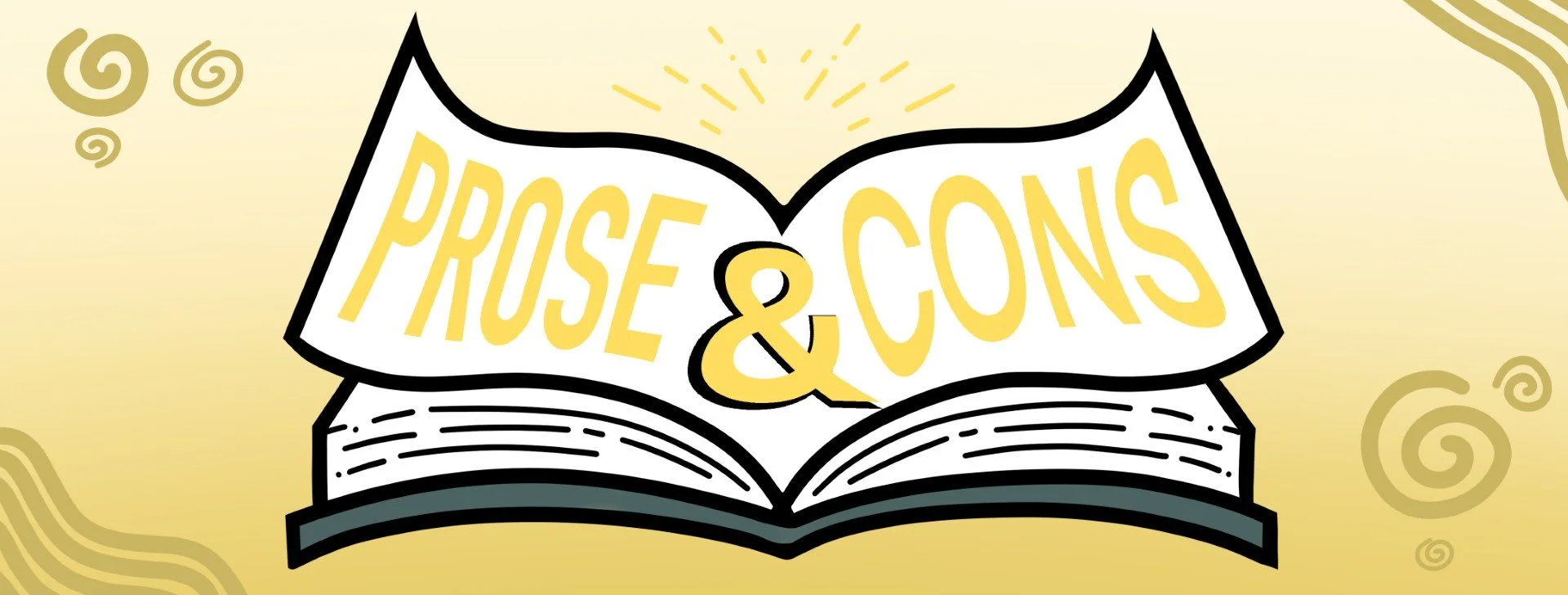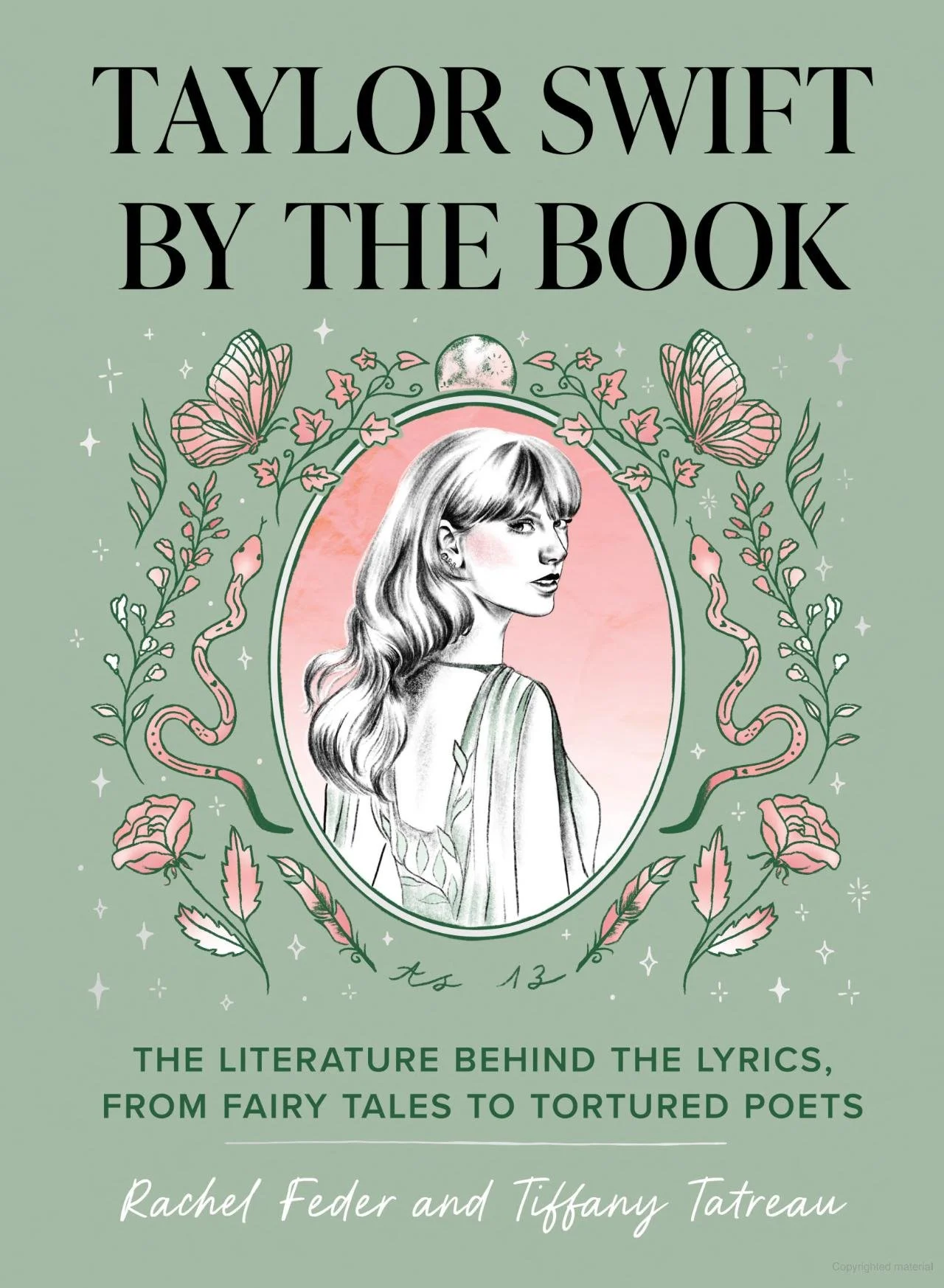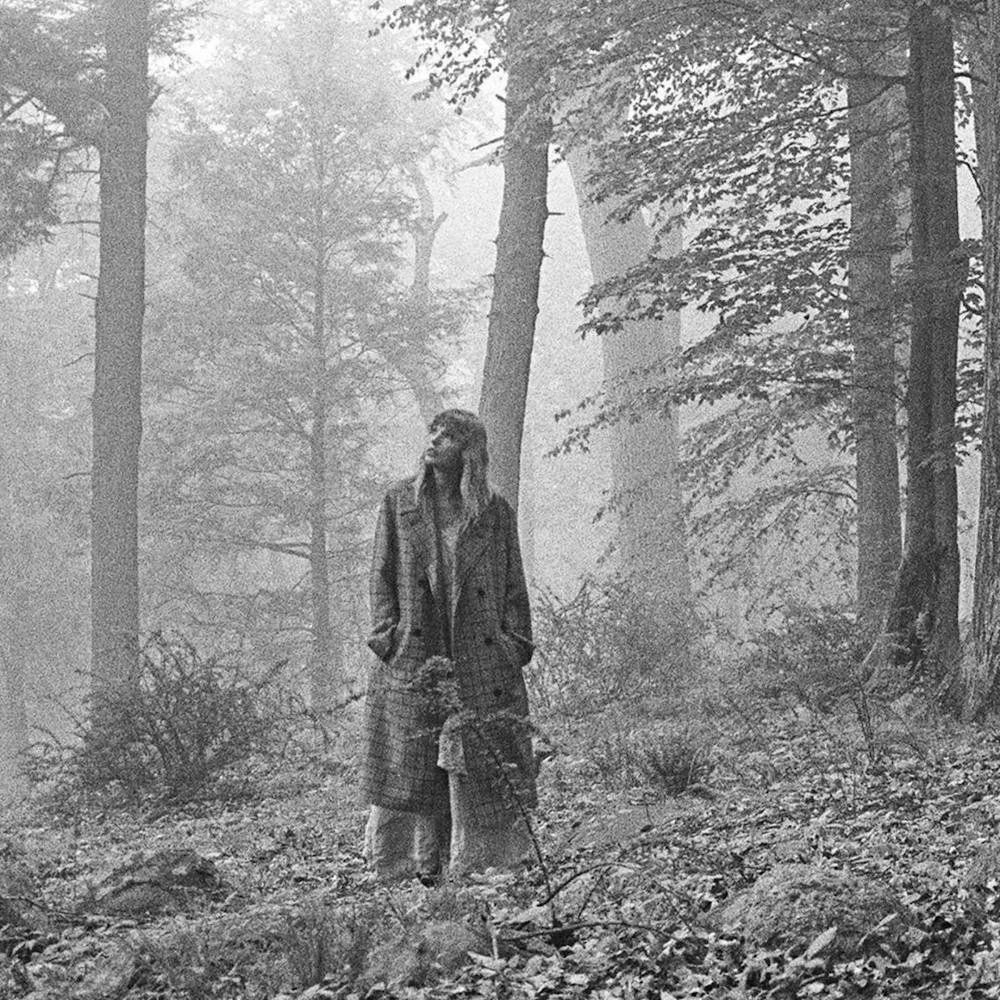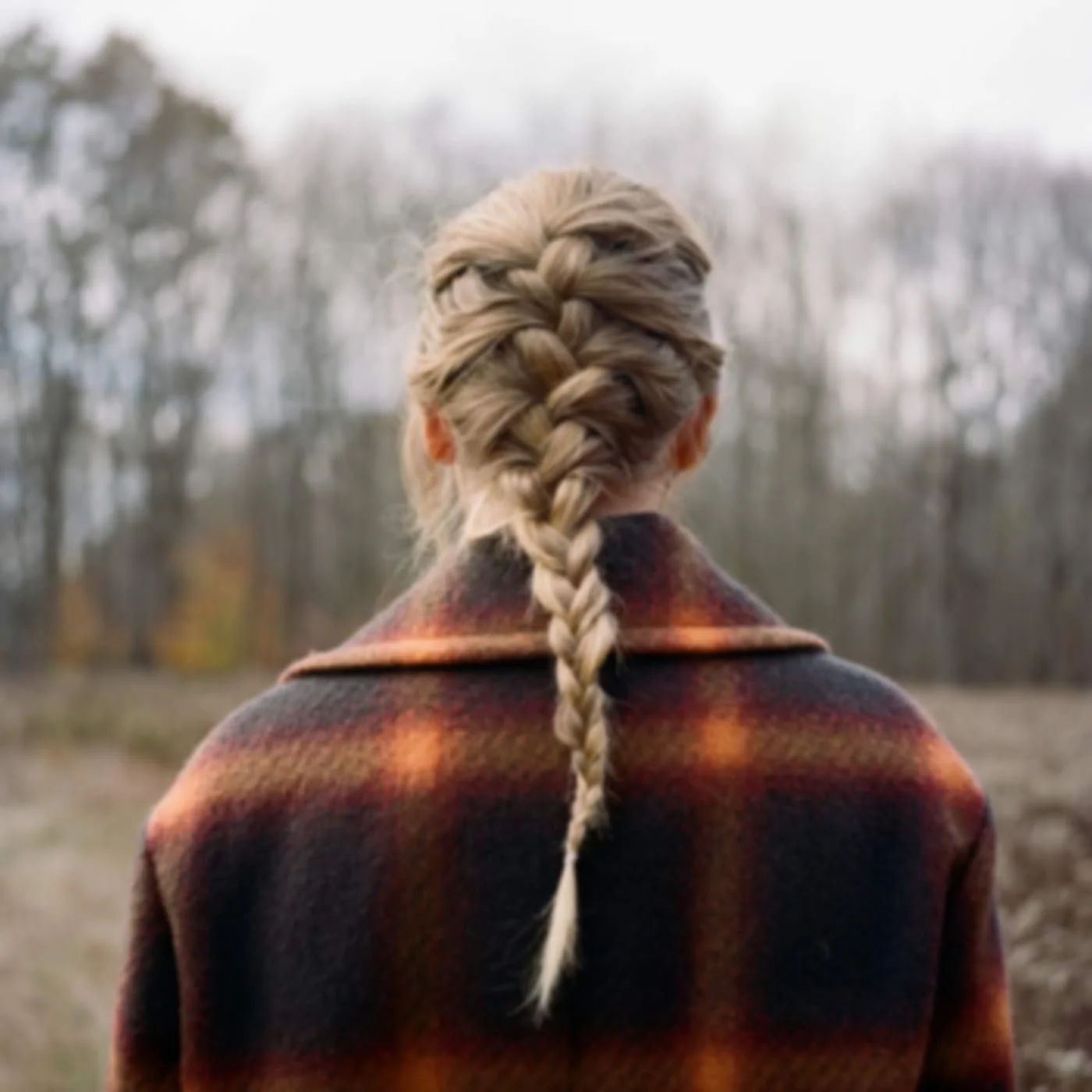Music; A nod to Literary Fiction
/How Taylor Swift Incorporates references of literature through her music
The works of some of the greatest writers of all time have infiltrated our day-to-day lives in such minuscule ways that we often don’t notice. Take music, for example. Most people listen to it daily, but have we ever thought about where songwriters get their sources of inspiration from? For the avid reader who knows their literary fiction whether it’s the classics or modern writing, it may be easy to figure out. However, for those who have not noticed the connections between song lyrics and literary fiction, let’s take a deeper dive together.
Focusing on a well-known artist, Taylor Swift a singer/songwriter who has a knack for creating such beautifully gut-wrenching lyrics. Leaving listeners in multiple states of emotions and minds analysing every word she writes. Numerous of Swift’s songs have meanings tied back to a lot of the classics in literature, or even allusions to certain pieces of work. Most notably, Swift’s sister albums Folklore and Evermore both released five months apart in 2020. During this time Swift wrote some of her songs through the perspective of a character she created or was inspired by. With 34 songs between these two albums, we will be focusing on one song from each album and discuss where she got her inspiration and how literary fiction affects her work and therefore us.
(Folklore) “Invisible String”:
“Isn’t it just so pretty to think”
Ernest Hemingway author of The Sun Also Rises, protagonist Jake asks Brett Ahsley, “Yes, isn’t it pretty to think so?” (Hemingway, 191). This is the final line of the book as both characters look back on their time together and how their poor relationship could’ve ended differently. As for Swift’s song this line alludes to what destined love is supposed to feel like after facing previous hardships and bringing them together.
“Invisible string tying you to me”
Following the earlier line, “Invisible string tying you to me” is a direct reference to Jane Eyre, by Charlotte Bronte. When Mr. Rochester describes his connection with Jane he says, “I sometimes have a queer feeling with regard to you—especially when you are near me, as now: it is as if I had a string somewhere under my left ribs, tightly and inextricably knotted to a similar string situated in the corresponding quarter of your little frame.” (Bronte, 315). Both Swift and Bronte use this to declare their love and the connection they feel for their partners, and how they were fated to meet.
(Evermore) “Happiness”
“I hope she’ll be a beautiful fool”
In The Great Gatsby by F. Scott Fitzgerald, this line is used when Daisy expresses her hopes for her daughter “And I hope she’ll be a fool – that's the best thing a girl can be in this world, a beautiful little fool,” (Fitzgerald, 17). As for Swift, the song “Happiness” is an optimistic approach on the end of the relationship. This quote is speculated to be used as the narrator's wish for the next partner that comes after her. Possibly implying that her own intelligence ruined the relationship (Feder and Tatreau, 175).
“Green light of forgiveness”
Again, with another reference to The Great Gatsby, in which Gatsby often stares at a green light across the water, representing his personal failures but also his determination to reunite with Daisy. Swift uses this as reference to her ex-lovers need to be forgiven by her to move on. Following that she states, “you haven’t met the new me yet/ and I think she’ll give you that,” inferring that she has changed, and has the ability to forgive her last love for them both to move on.
These song lyrics are just snippets of Swift’s way to incorporate literature into her work. She leaves us with hints of the past, telling us a story of her own through the words of the writers who came before her and inspire her. Swift herself is a storyteller creating her own characters and giving them a narrative. Analysing her work teaches us the importance of literature and how it impacts our lives in ways we never considered before; through music.
photo by brayden seguin
Emily Viola-Rae is an Ottawa writer, who graduated high school in 2023 at St. Mary’s Secondary School, Cobourg, ON. She is currently enrolled at Algonquin College for Professional Writing. Aspiring to become a well-known author you can often find her writing away on her computer or lost in her own world of books and music! As she learns to find her own voice in writing, join her on an adventure through literary fiction and the connections they have in our lives that we might not have ever noticed before.





